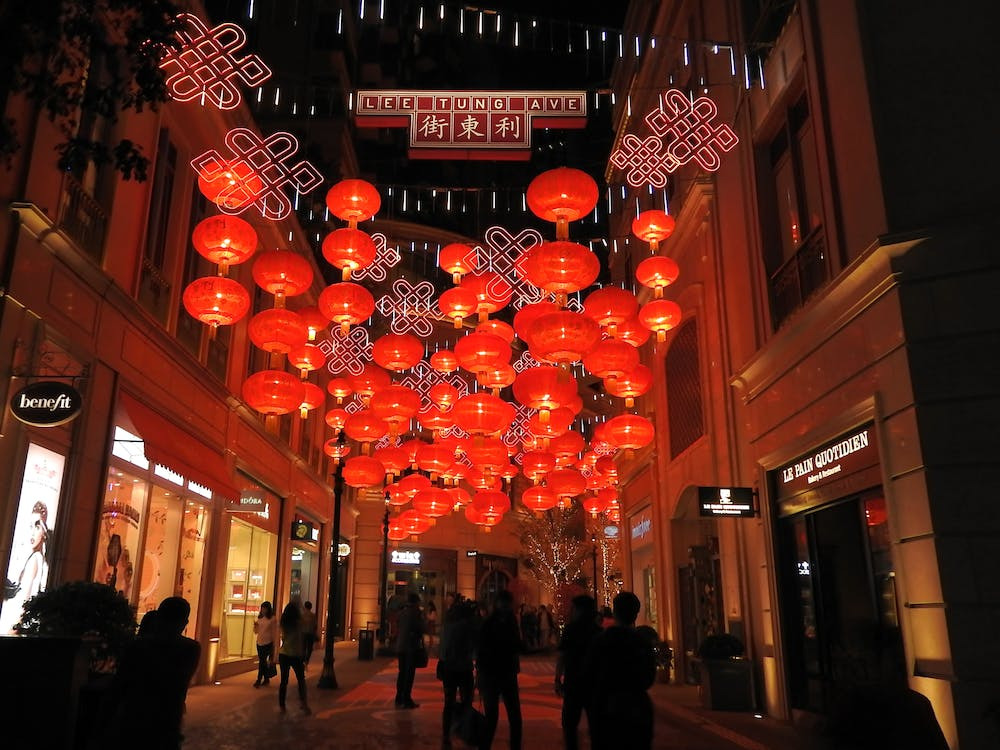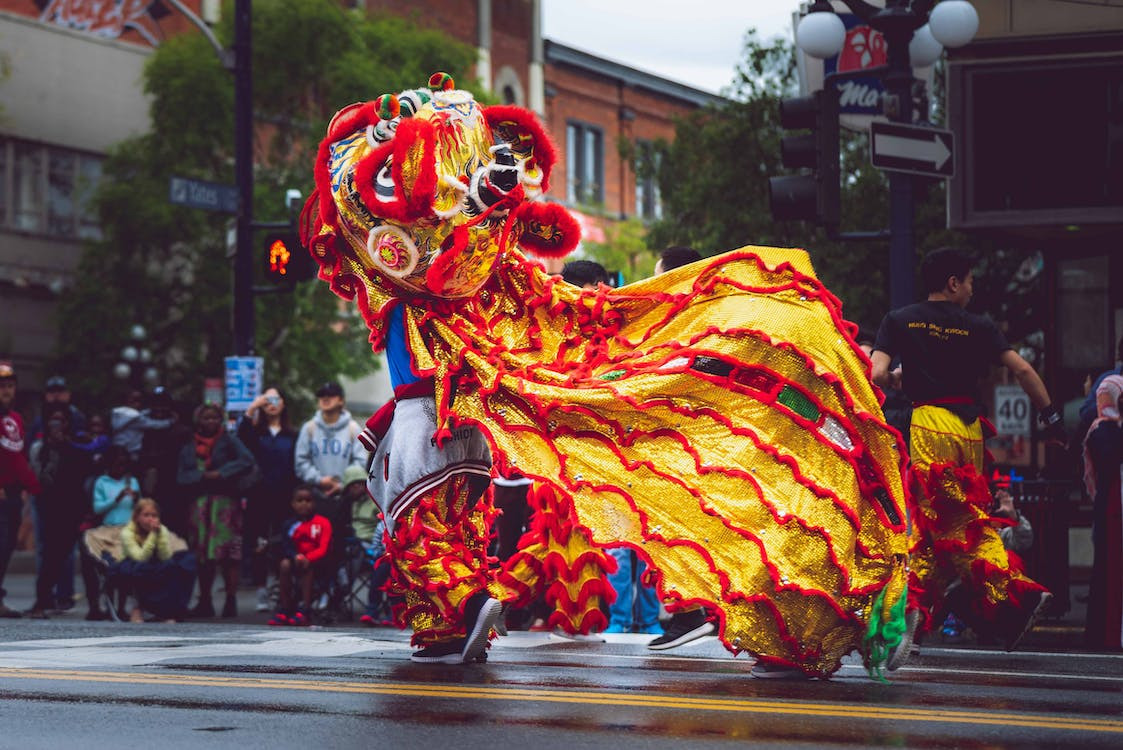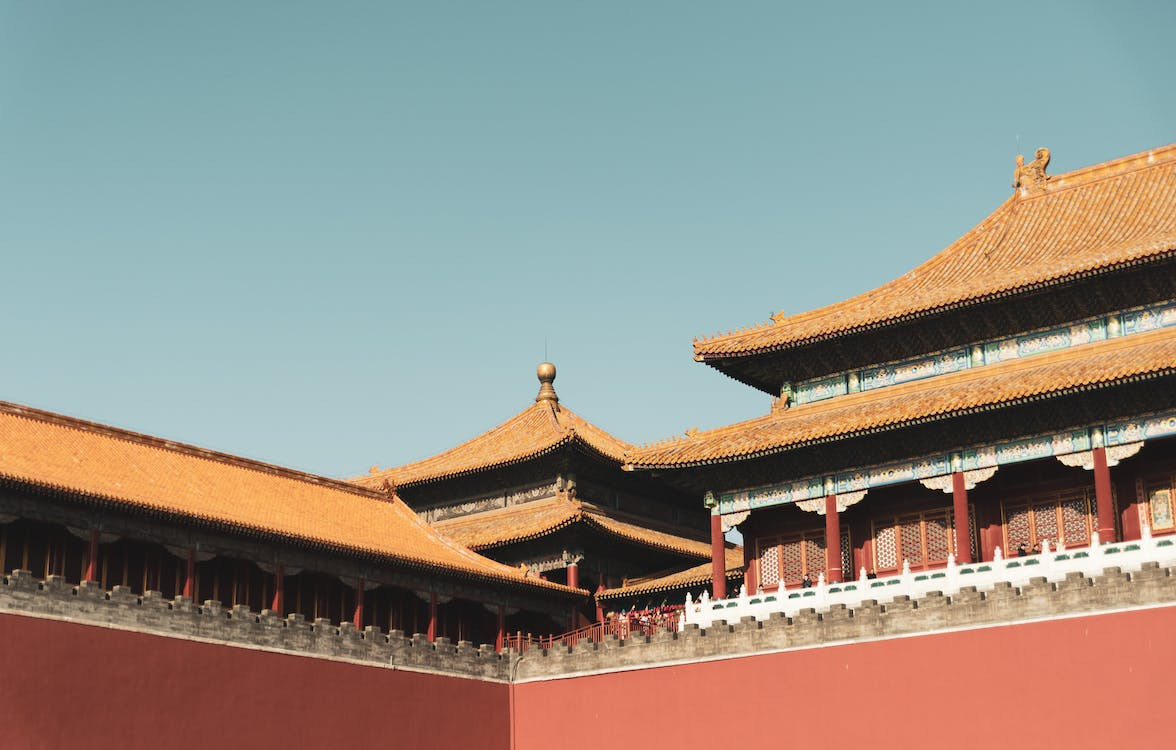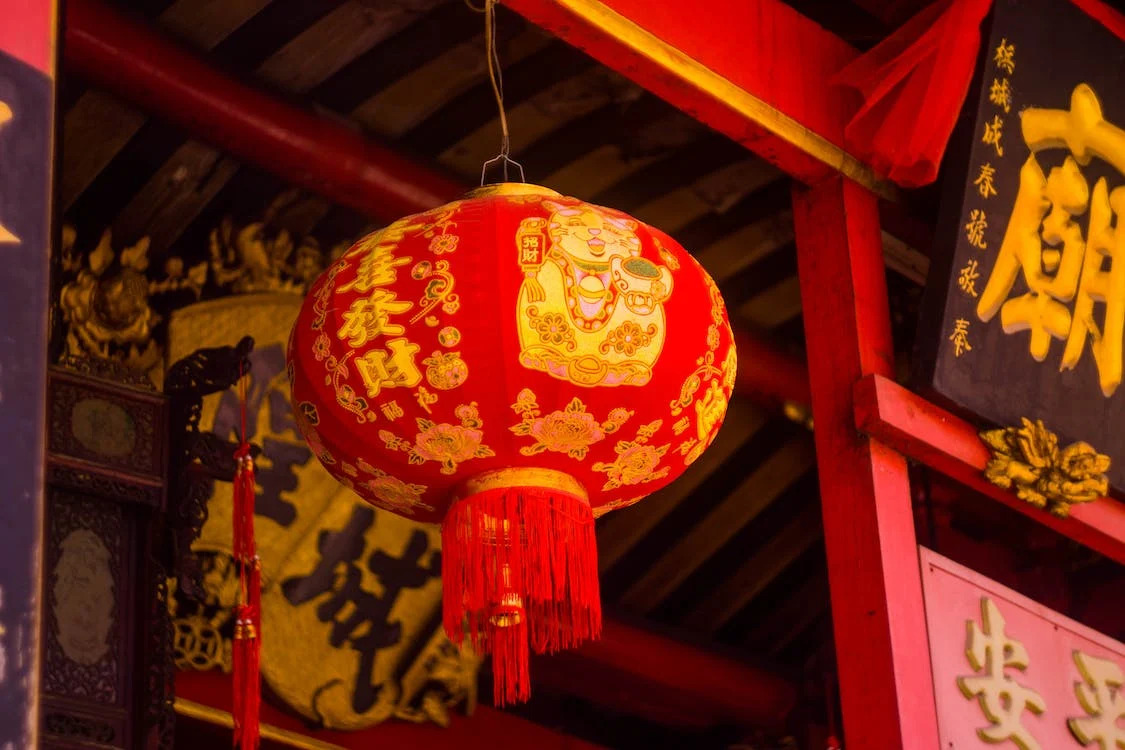Many colors appear in the daily life of Chinese people. In addition to the decorative function, each color has a symbolic role.
The difference in the symbolic meaning of colors between different cultures is due to the cultural and historical background.
This article will list the most lucky colors in Chinese culture and their symbolic meanings. Read on to learn more about Chinese culture!
Color and correlation with other basic elements

In Chinese culture, the colors of traditional folk art have strong symbolism.
First, it is regional and reflects local flavors. Groups of people in different regions have different perceptions of color.
Second, the development of folk art colors is not based solely on individuals. The pursuit of color is in groups.
For example, the expression of traditional paper-cutting, sculpture, and mural art is the crystallization of the collective wisdom of the people, and it depends on the inheritance of the public from generation to generation.
The most representative color symbol in China is the “Five Colors,” meaning five different colors that represent different emotional values.
The “five colors” mainly include five colors: red, white, blue, black, and yellow, which can correspond to the “five elements” and the five directions.
These five colors contain rich cultural value and represent the unique wisdom of the ancient Chinese people.
Lucky Colors

Colors are essential to Chinese culture because of the connotation of good luck. In people’s daily life, the three lucky colors include red, yellow, and green.
Red
The characteristic of Chinese culture that favors red stems from people’s worship of blood, fire, and the sun. Red is a symbol of revolution.
The first regime established by the Communist Party of China was the “Red Government,” the first armed force was the “Red Army,” and the national flag was the “Five Star Red Flag.”
Red is also the national color representing happiness, beauty, vitality, success, and luck. This color is popular among the Chinese and in important events such as festivals and weddings.
Red lanterns adorn businesses and homes. Chinese often wear red at festivals, weddings, and other celebrations. Red packets cover money and gifts during the Lunar New Year.
Red also symbolizes authority. Although the Chinese emperors of different dynasties have different preferences for color, they all have a common preference for red, taking red as the main color. Red is also a symbol of loyalty. Guan Yu used red facial makeup in Peking Opera.
Yellow

Yellow corresponds to earth and royalty. The first emperor of China was the Yellow Emperor. China is often “Yellow Land,” whose mother river is the Yellow River. It is the most significant color in the ancient view.
During the Song Dynasty (960-1279), people used yellow-glazed tiles to build royal palaces. In addition, the Emperors of the Qing Dynasty (1636-1911) and the Ming Dynasty (1368-1644).
In a sense, the support of yellow is an outgrowth of the admiration for red in Chinese culture. Yellow also carries auspicious and festive connotations. People call the days suitable for handling important events “yellow days.”
Green
Green is the color of wealth, fertility, rebirth, hope, harmony, and growth. Green also represents purity and cleanliness.
Green is ubiquitous in Chinese life. They often paint buildings, banks, and restaurants in green. Milk or product packaging is usually green, indicating that the product is not contaminated.
Unlucky Colors
Multiple colors are taboo when used in specific environments and occasions and aspects of identity and personality. They carry unlucky connotations to the user. The following are two unlucky colors in Chinese culture.
Black
In Chinese culture, in addition to the meaning of fairness and seriousness, black brings darkness and fear. In China, people often call evil things associated with the color black.
For example, “Black gang” and “Black money” are the names they give to illegal things. Also, in Chinese movies, black symbolizes evil and demons.
White

White is the color of mourning. During the funeral, the family members of the deceased will wear white to show their grief.
In Chinese culture, people are not allowed to wear a white headband, as it is a symbol of bad luck or death.
In addition, the coated color represents failure. In the movies, when a country’s army loses a battle, they raise the white flag to surrender.
Due to the bad omens that white can bring, the Chinese do not use them on important holidays such as weddings and housewarmings.
FAQs
Why are colors important in China?
The meaning of colors reflects the characteristics of Chinese culture in philosophy, ethics, customs, and taste.
At the same time, the rich cultural significance of colors is also an essential cause of conflicts in intercultural communication.
Why is red a lucky color in China?
Red is a symbol of festival and auspiciousness, so in Chinese weddings, the bride and groom should wear red outfits and have red letters for blessing, spring couplets, and congratulatory characters.
Happiness and lanterns are also red for the Chinese New Year. Red is also a symbol of smoothness and success.
What is the principal purpose of color?
After thousands of years of historical inheritance, color represents the traditional customs of the Chinese nation and the continuation of aesthetic concepts and has high artistic value.
In addition, color plays a great role in reflecting the spiritual and cultural characteristics of the Chinese nation, expressing people’s emotional value orientation, and containing rich cultural values.
Conclusion
Above, we have described the different symbolic meanings of lucky colors in China. Each color has its purpose and role in life.
The symbolic meaning of colors has been established by convention over the long history, reflecting a certain cultural function. For more knowledge about Chinese culture, keep reading other articles on our website.

